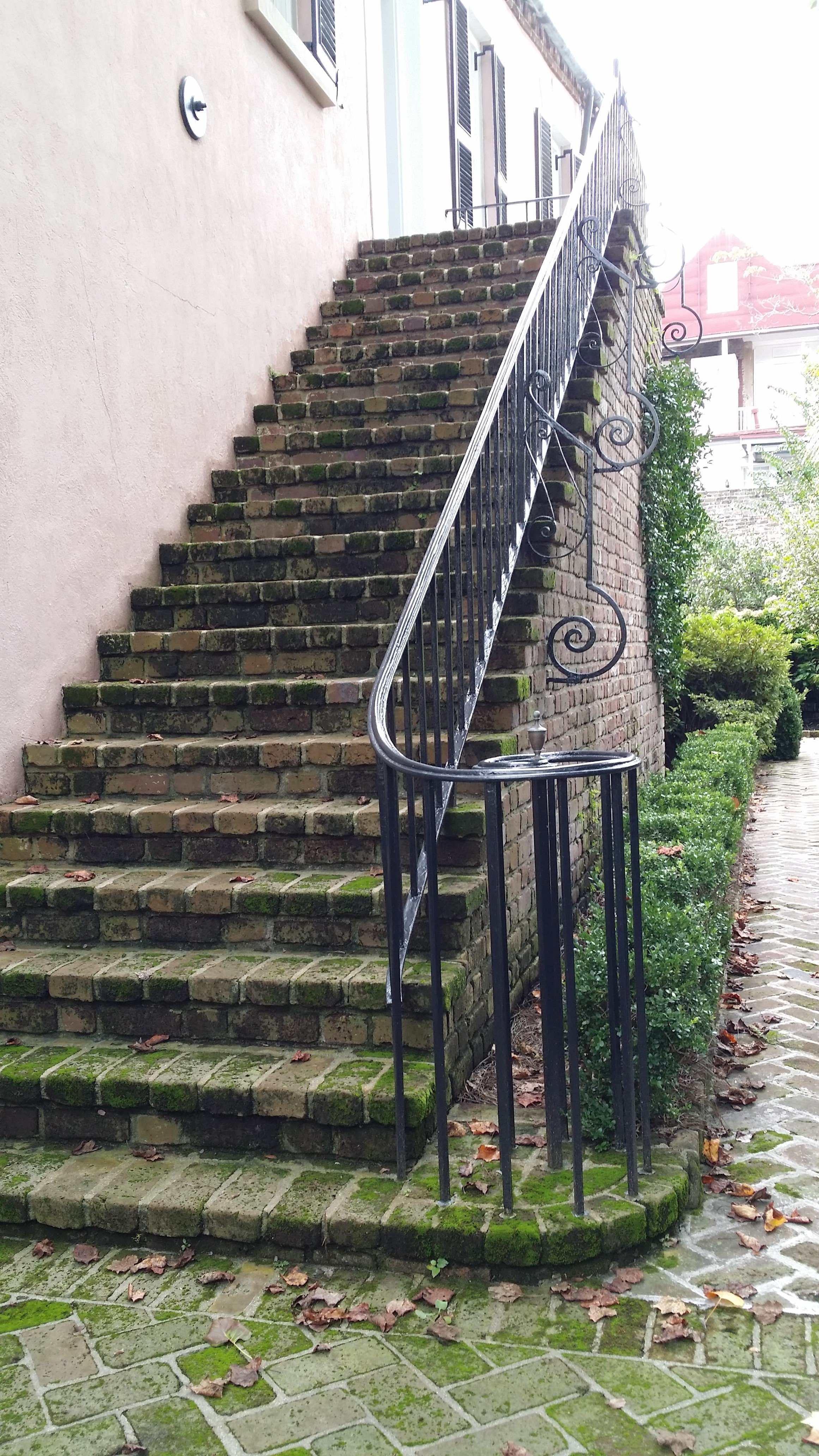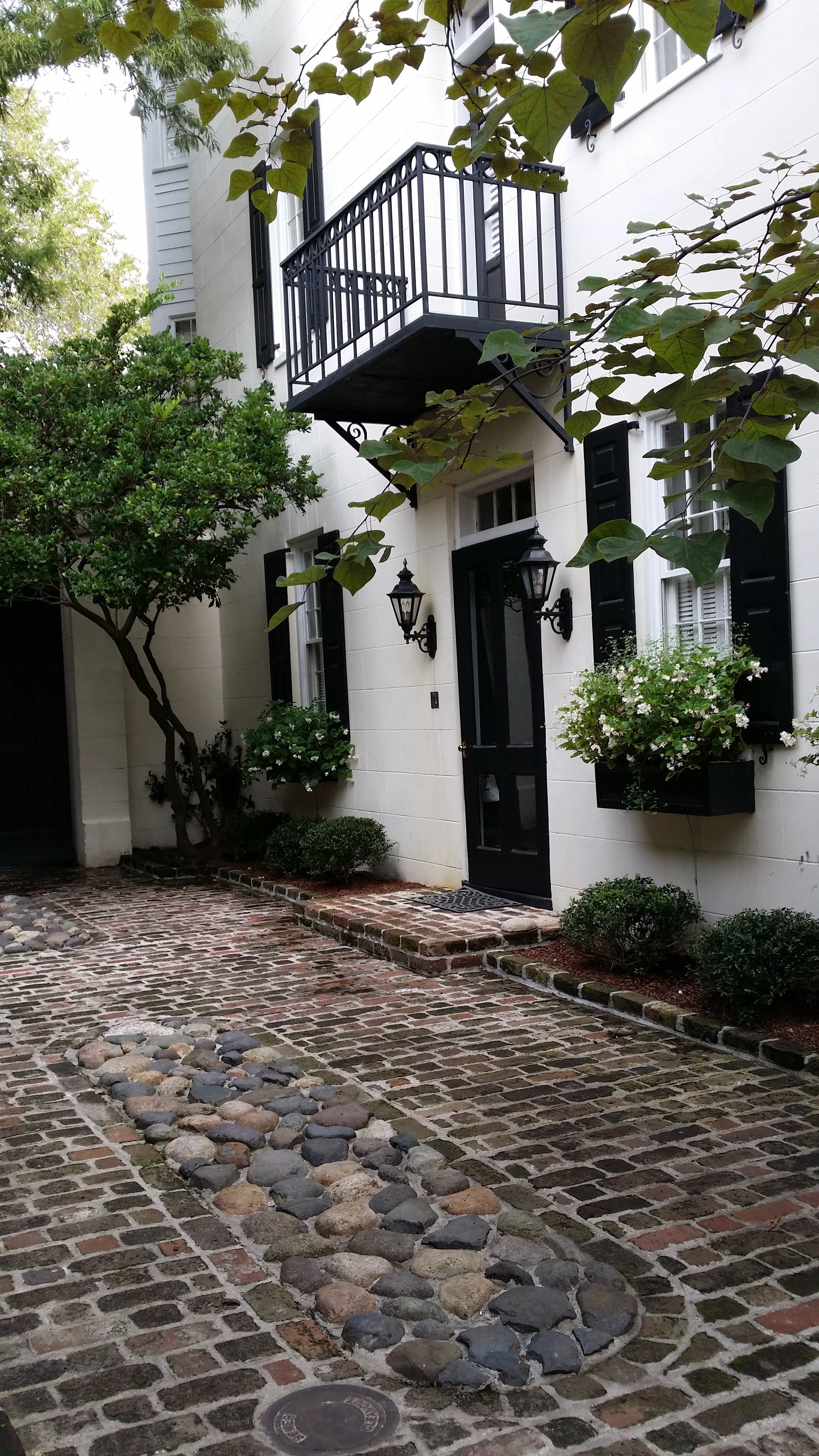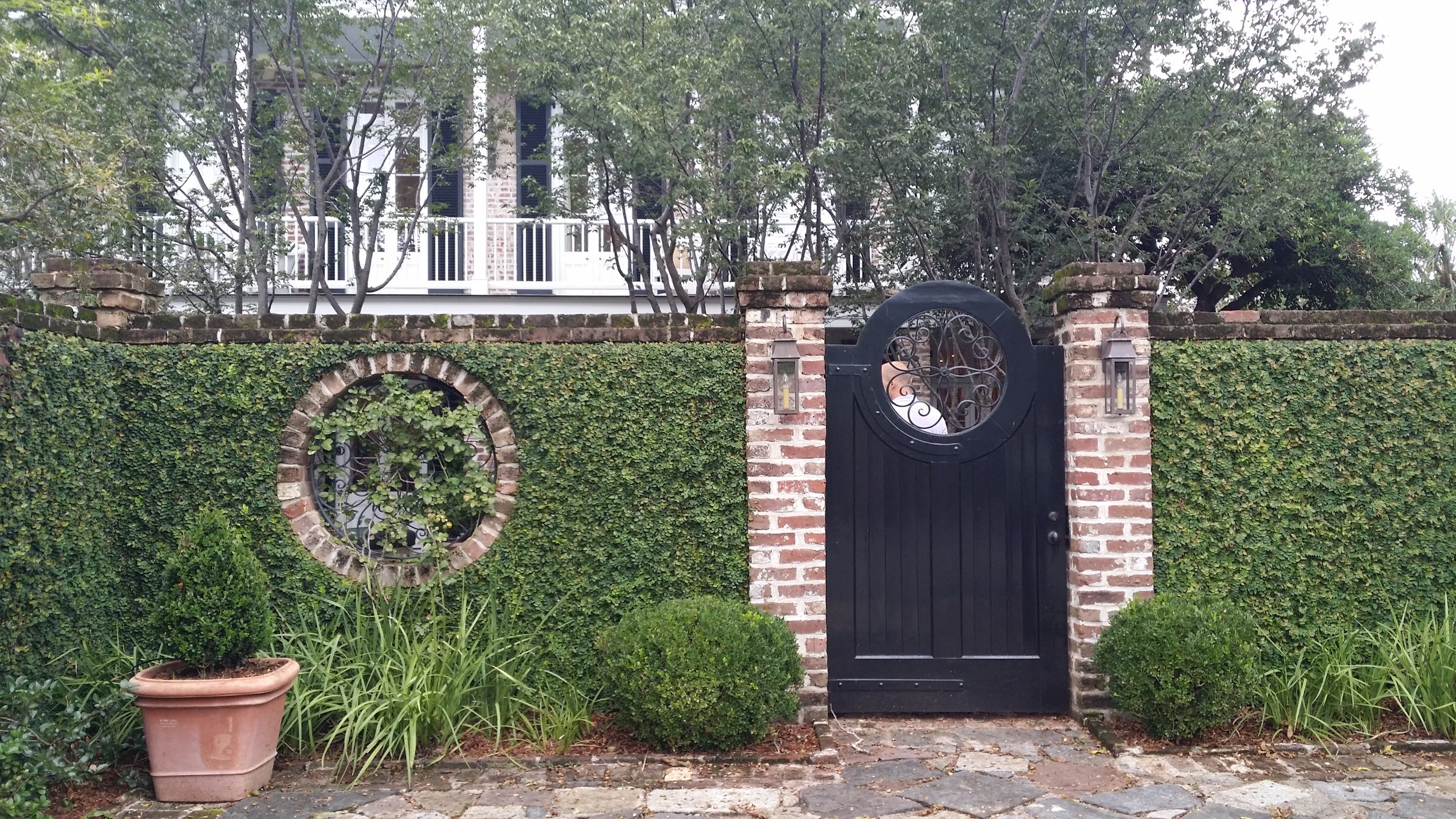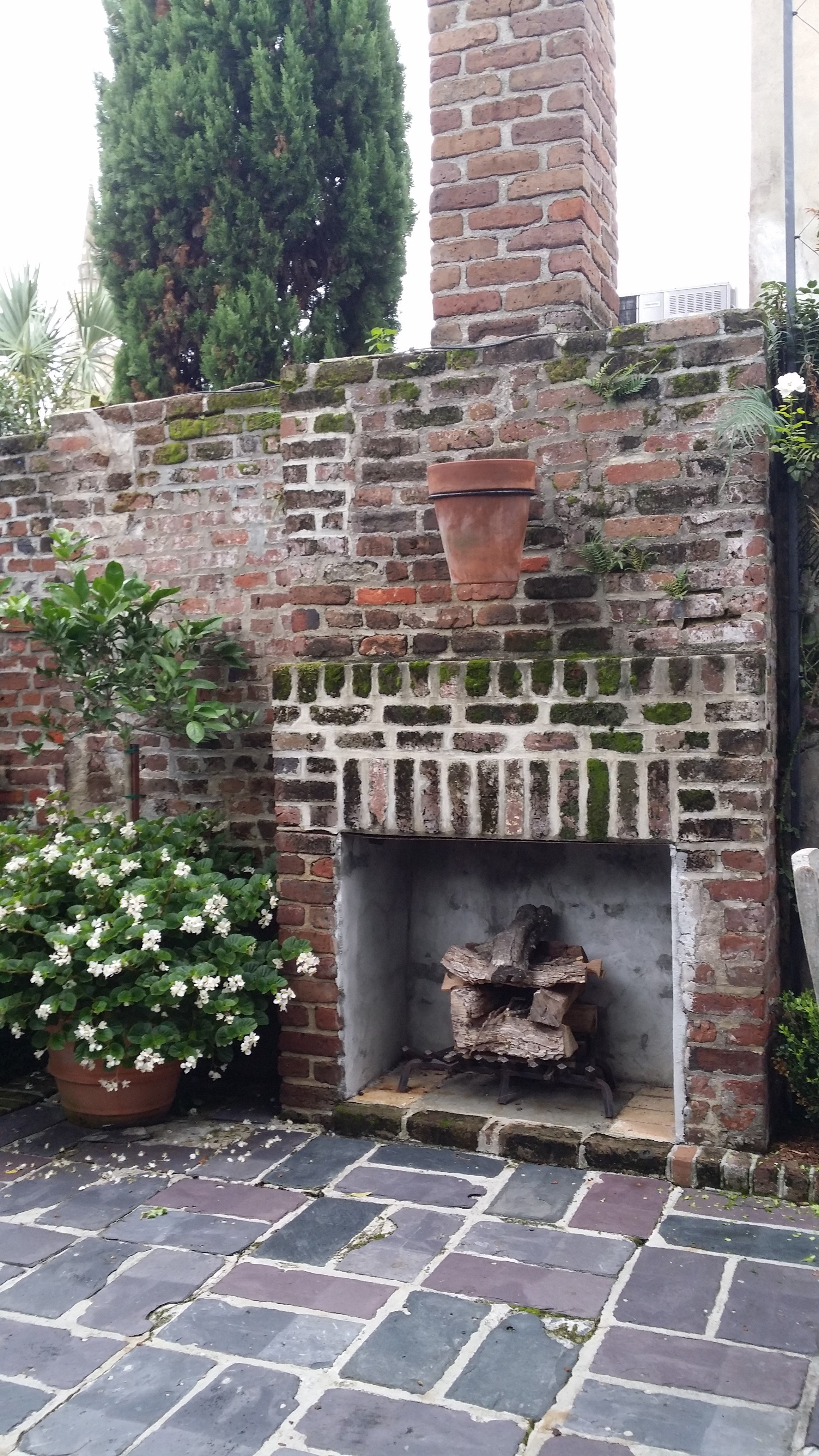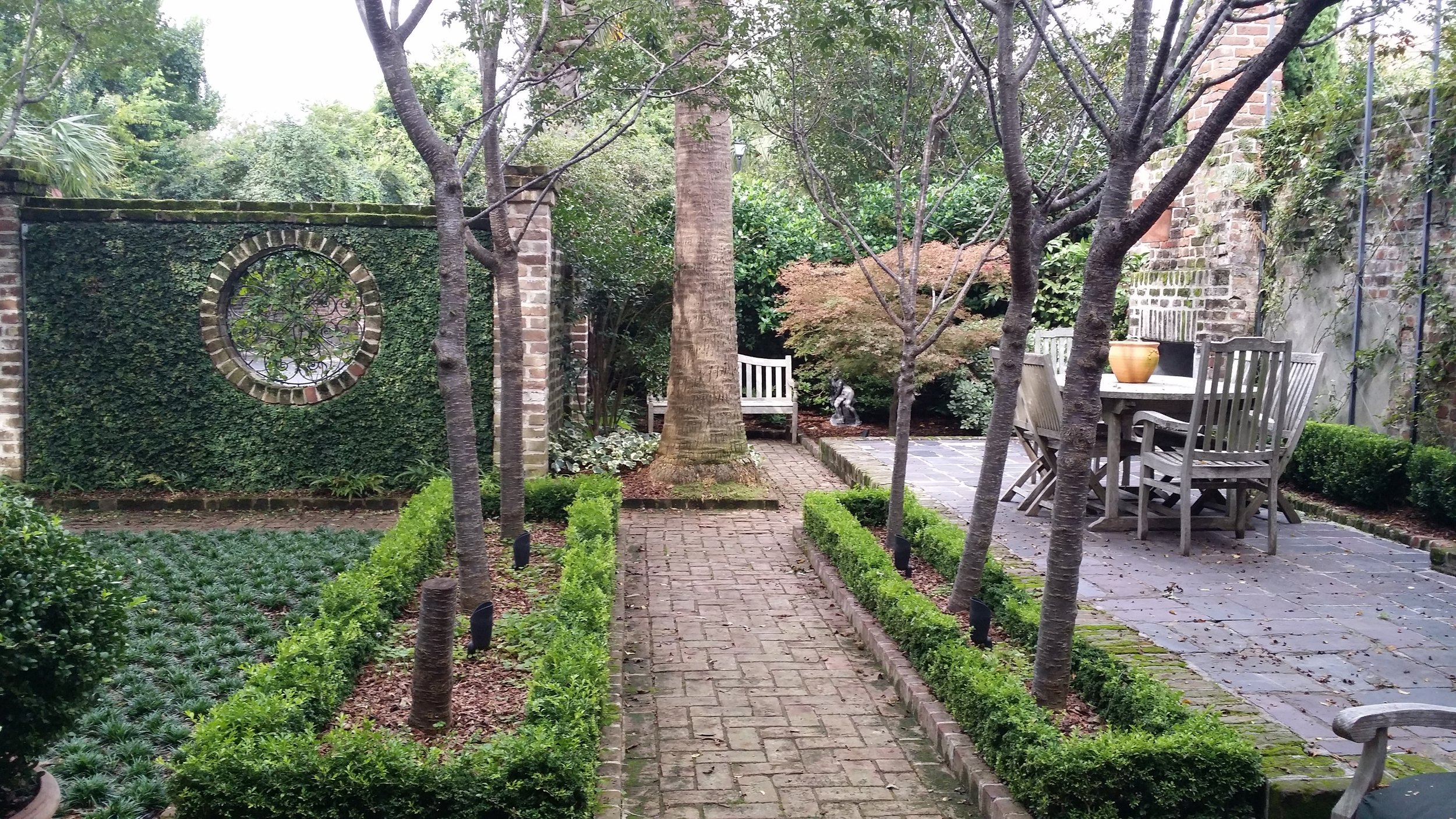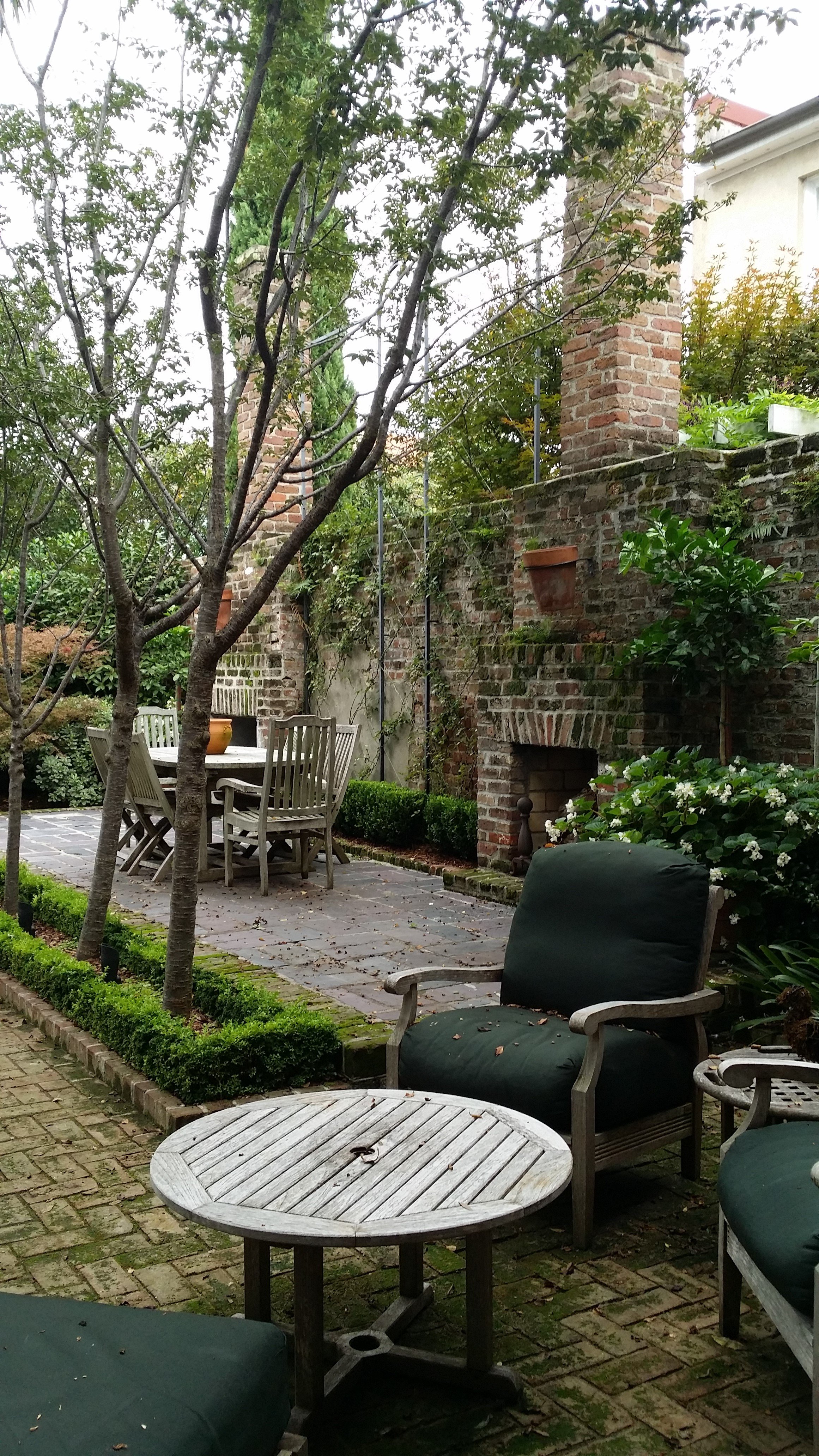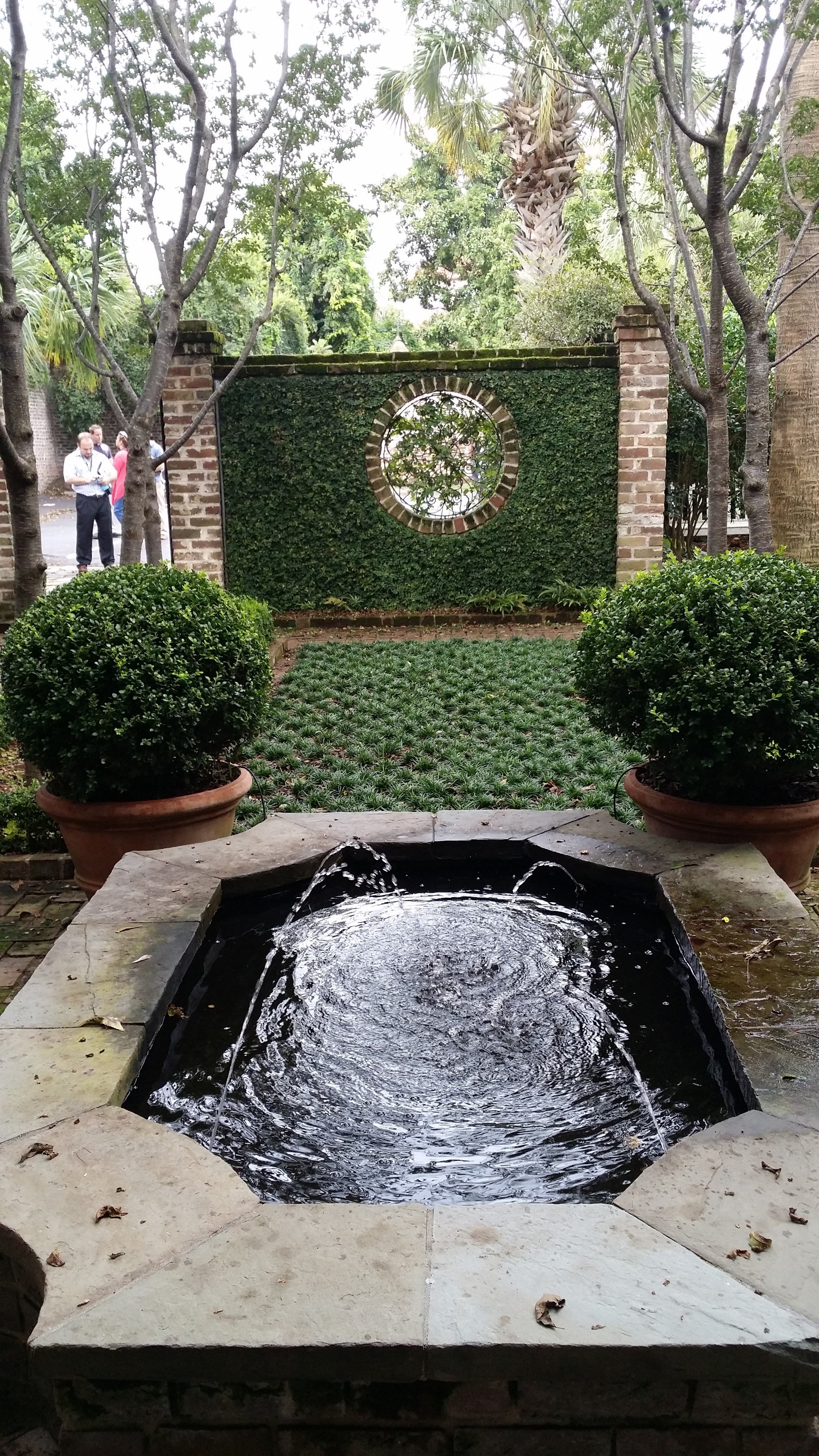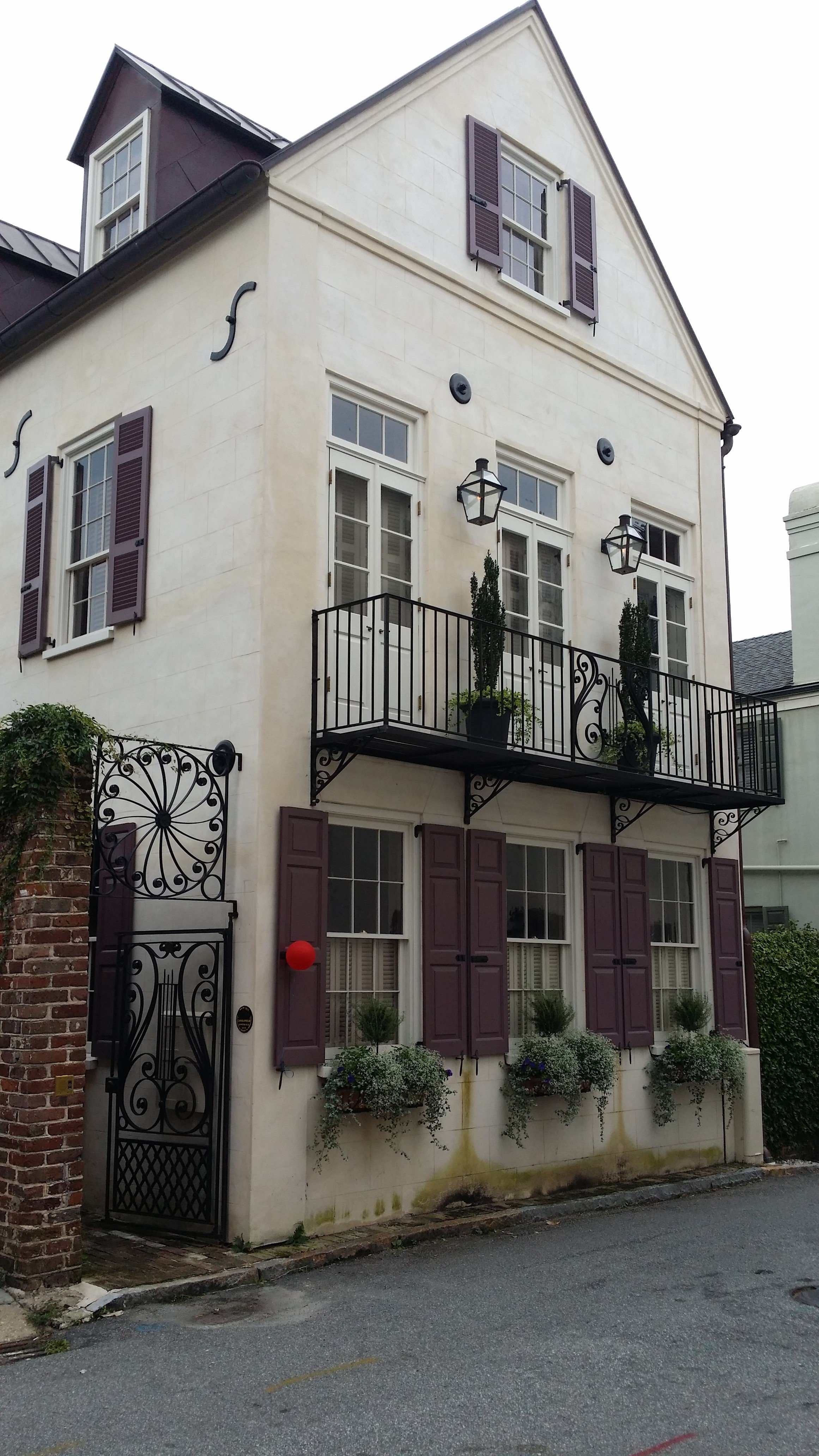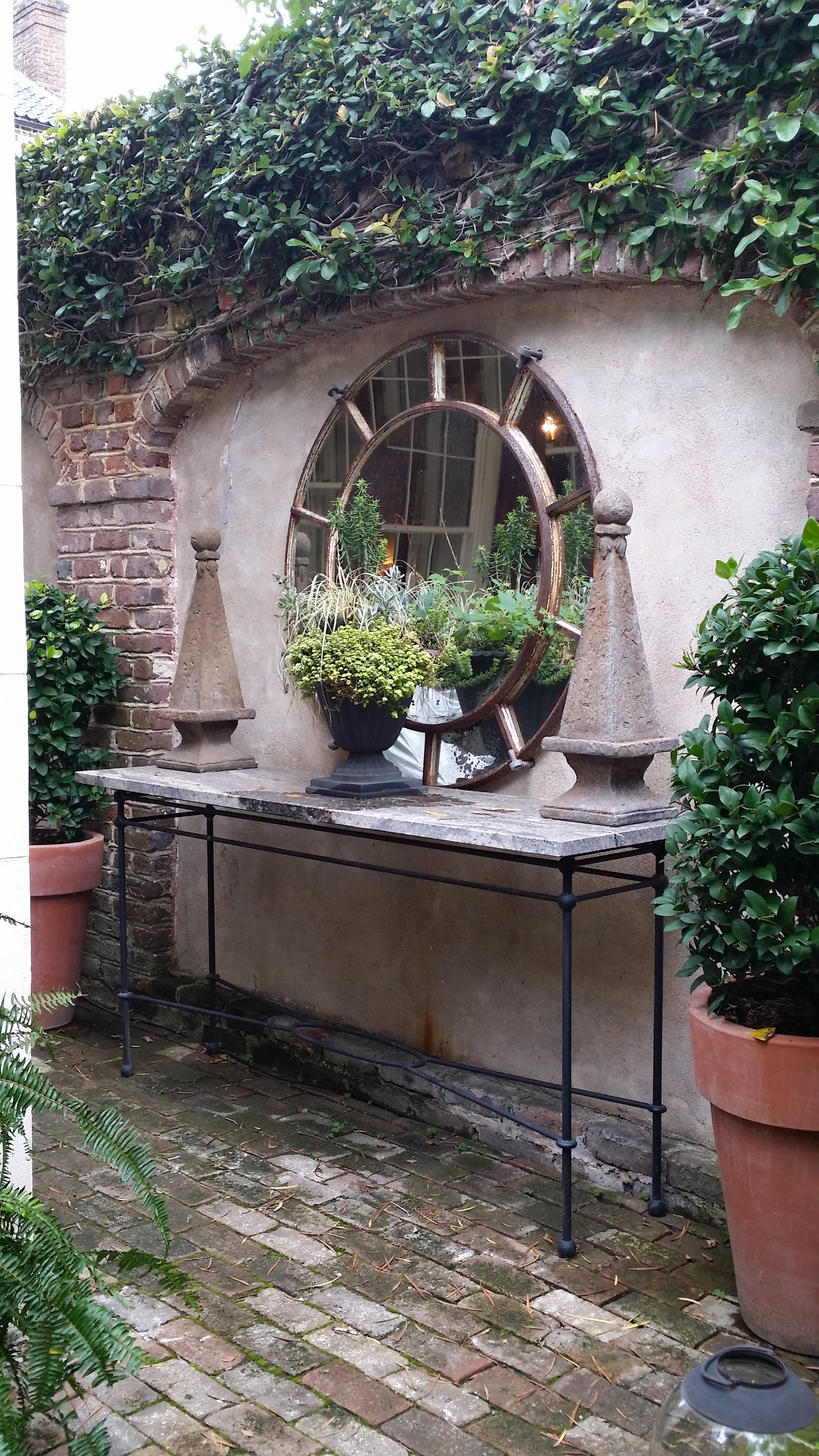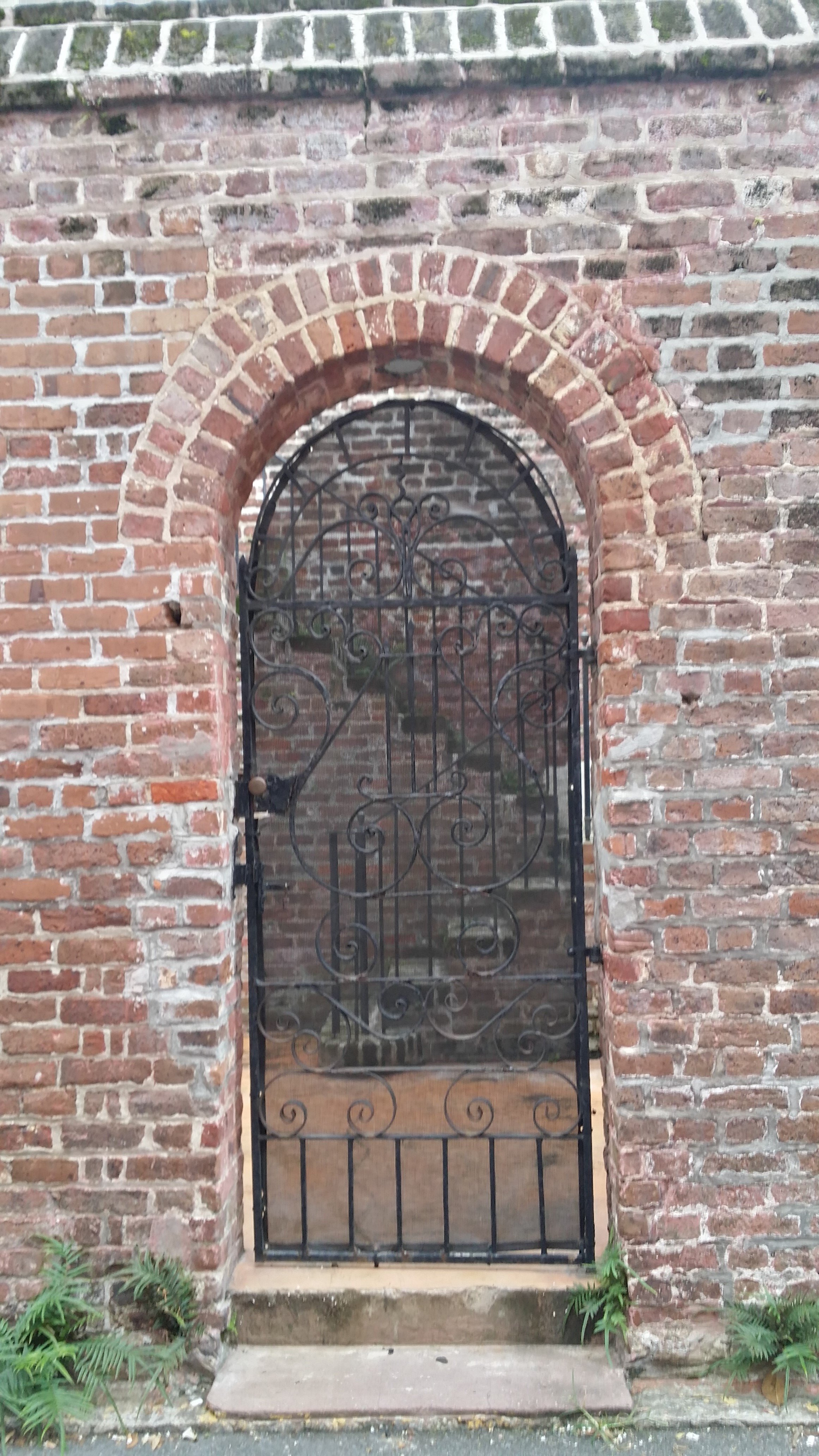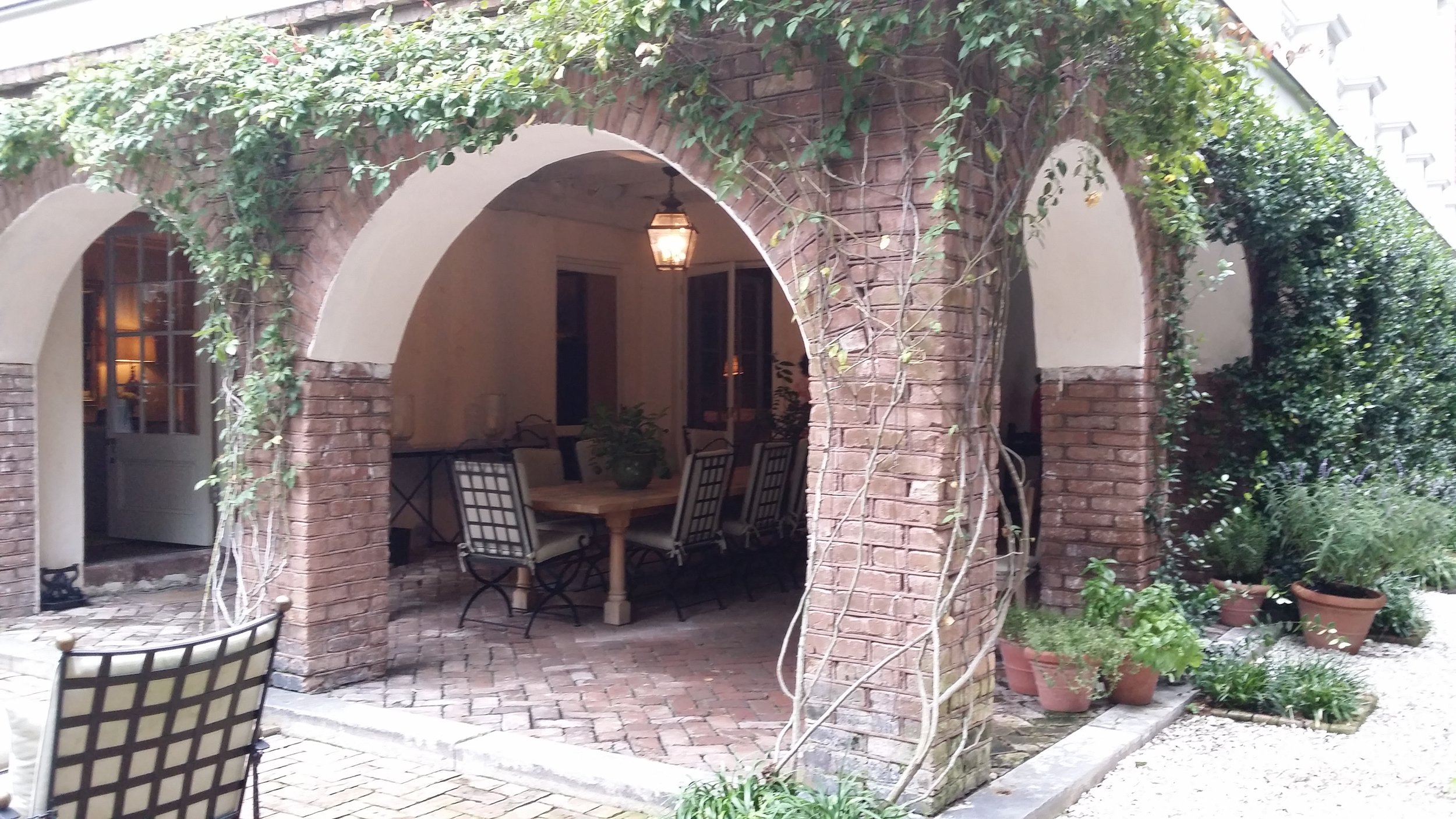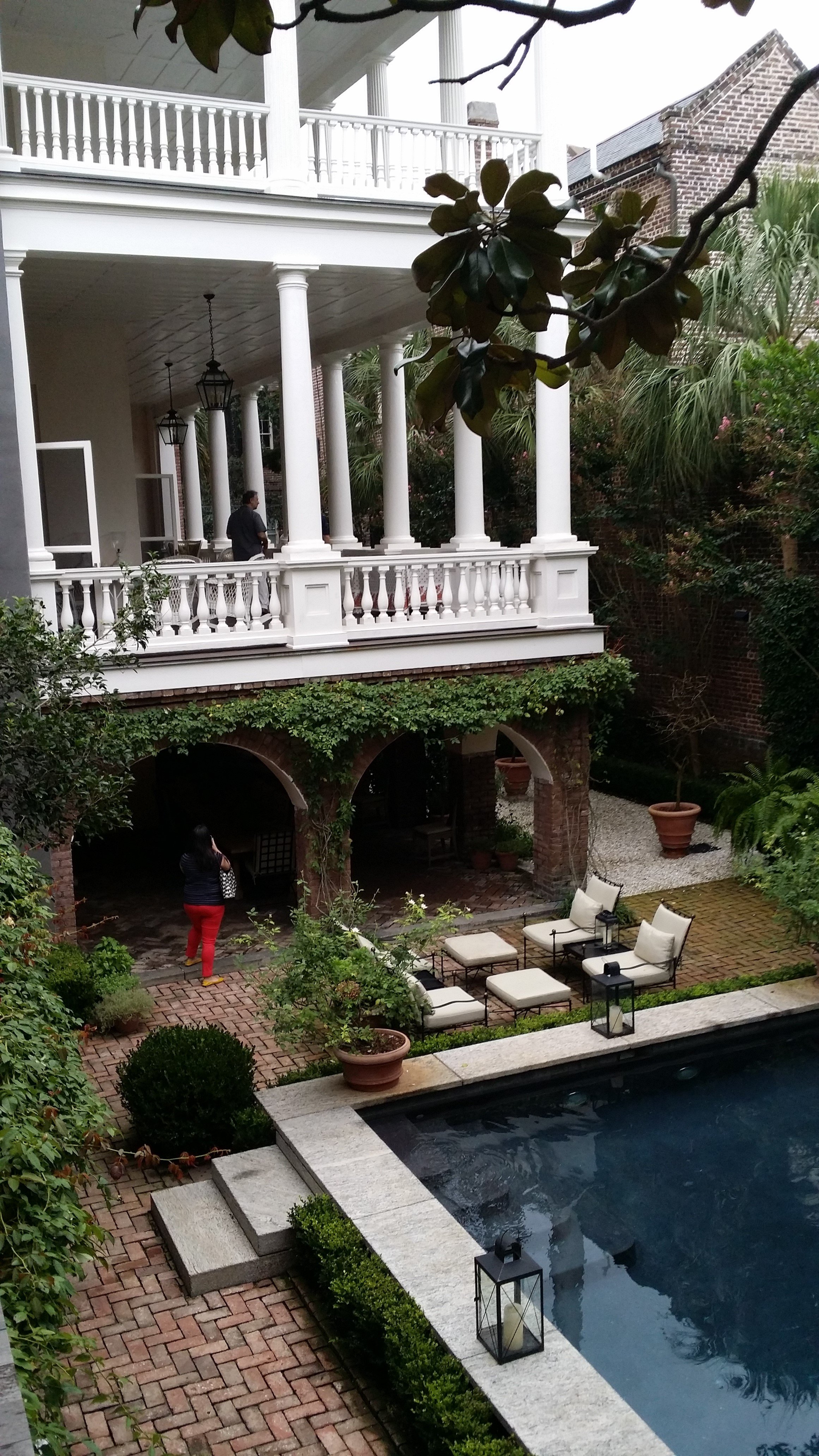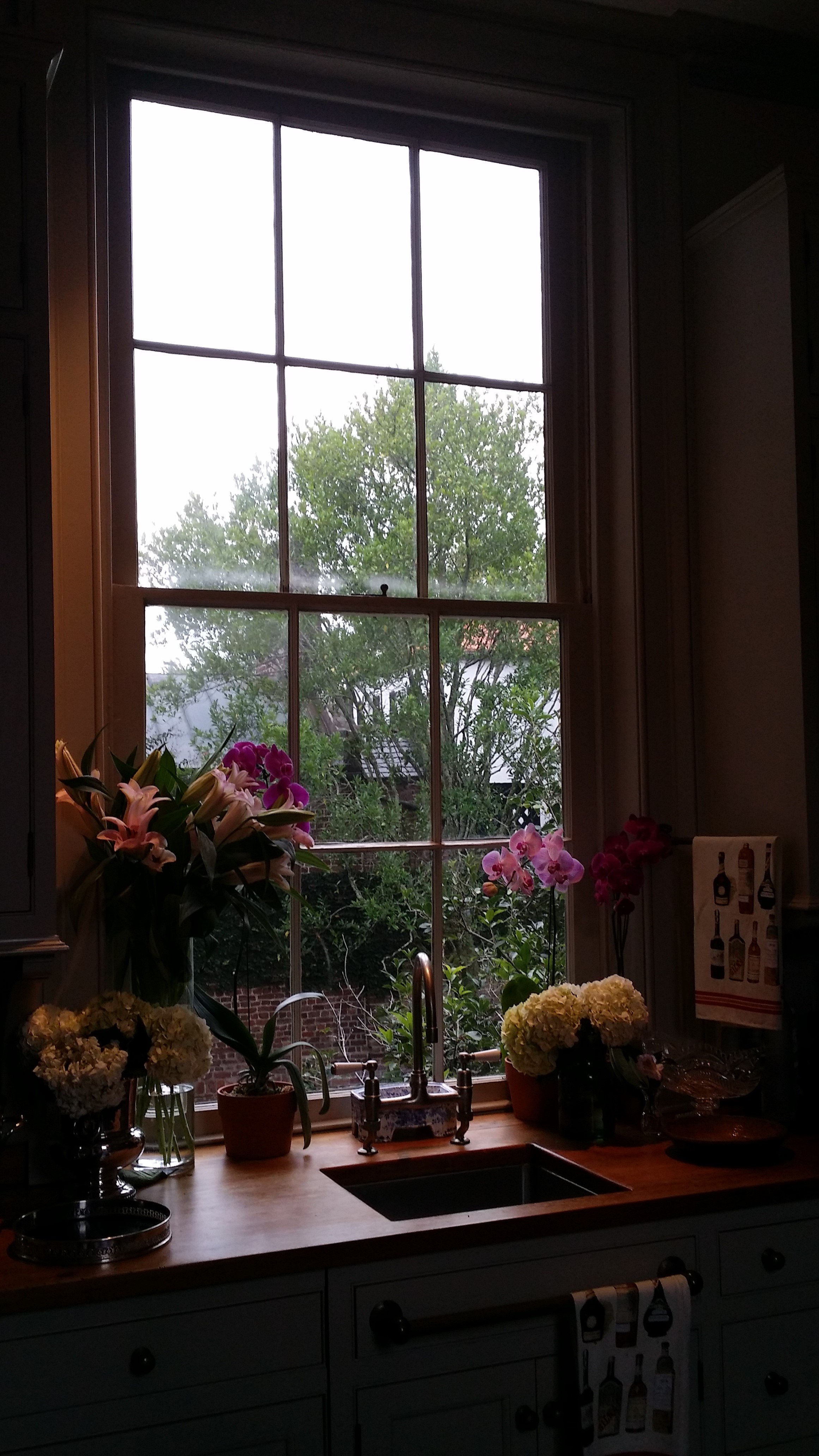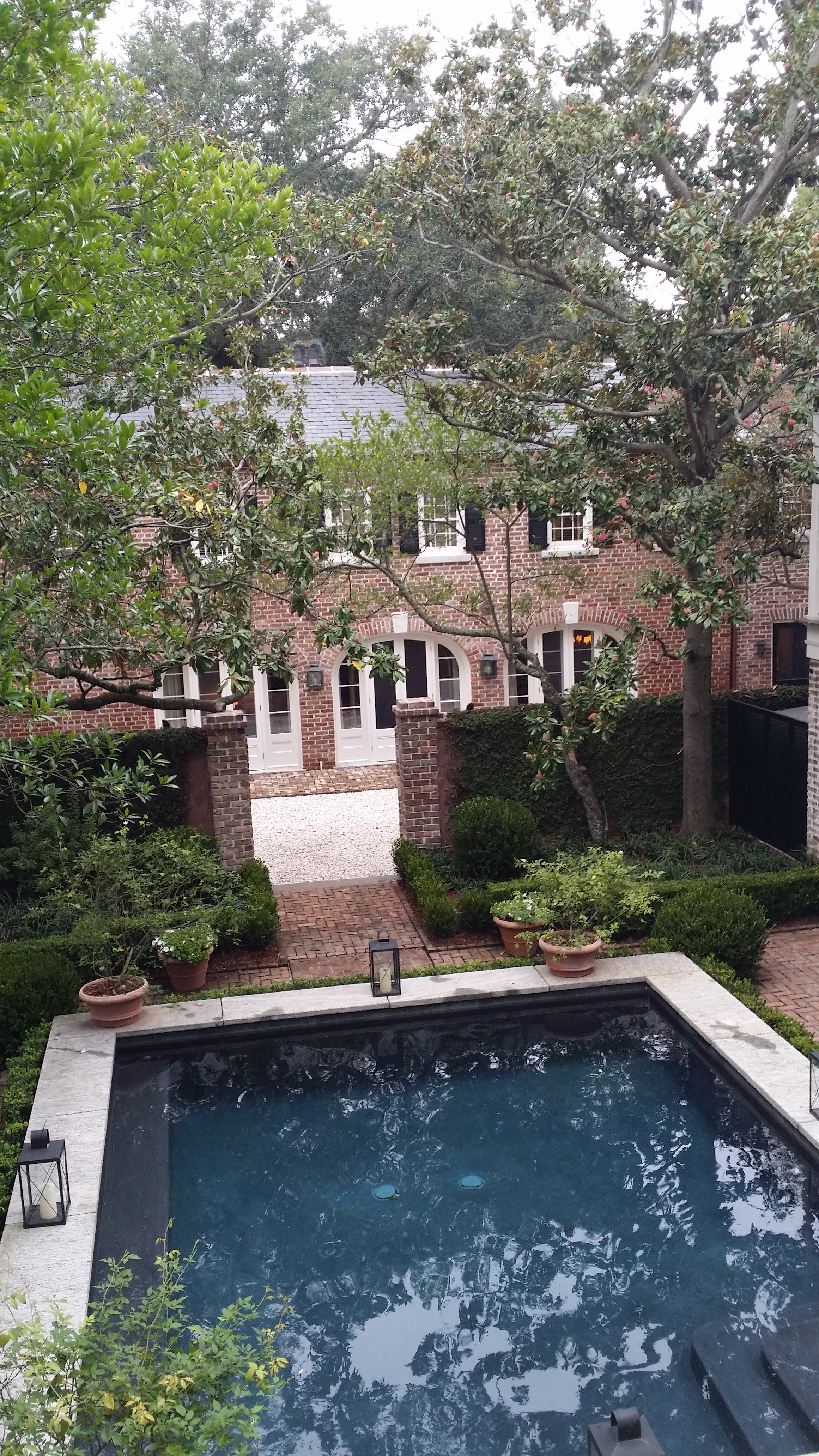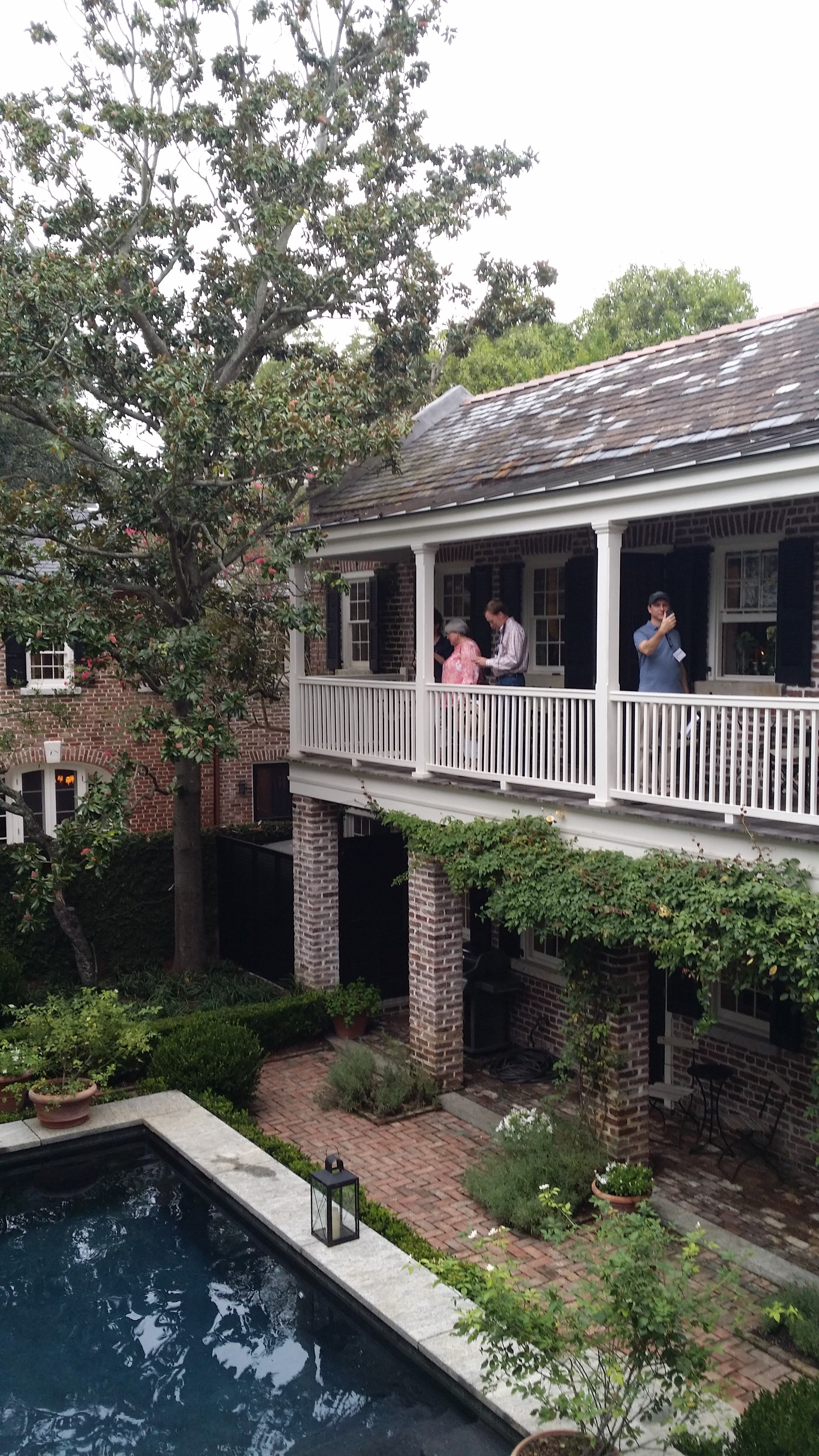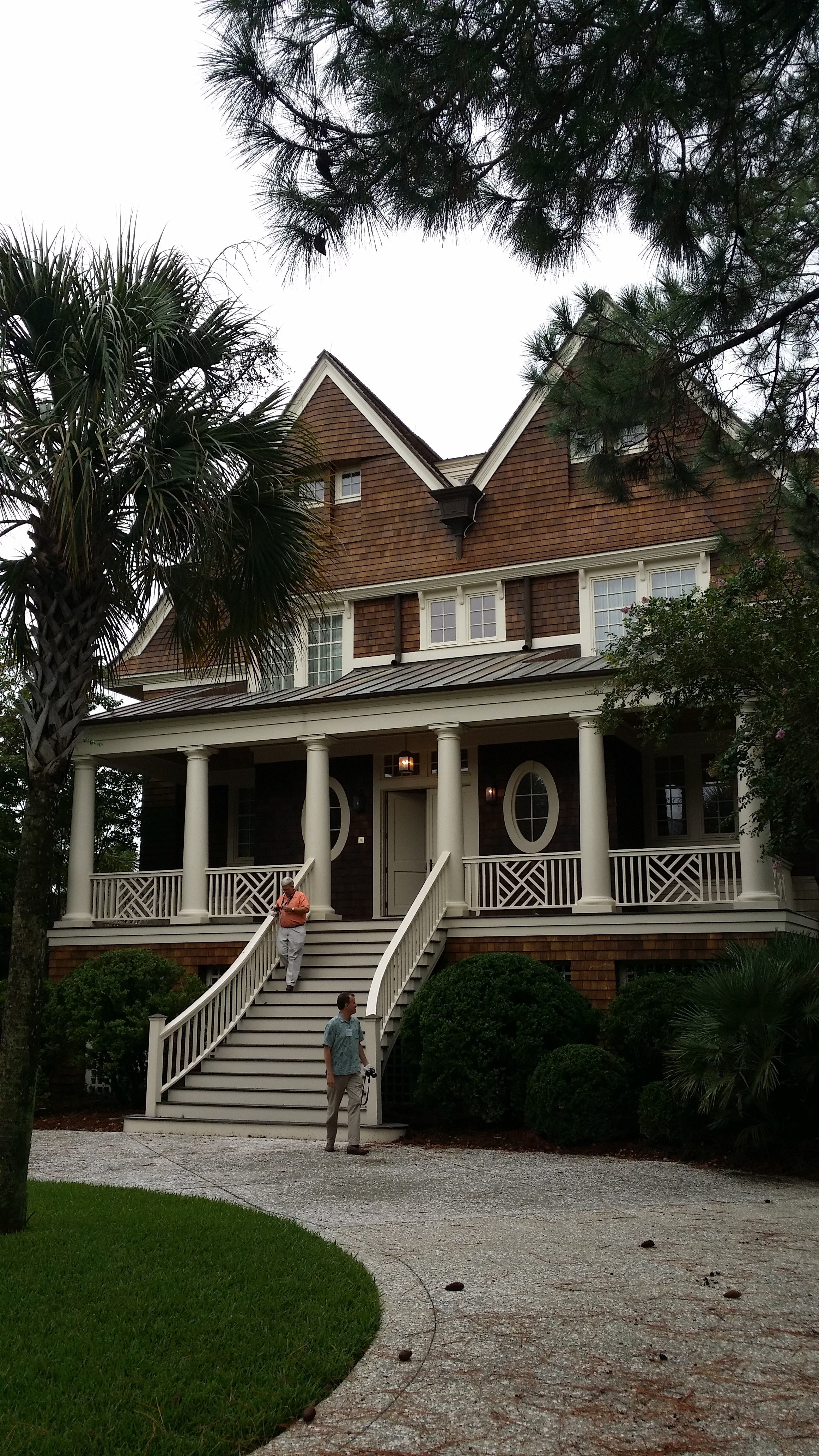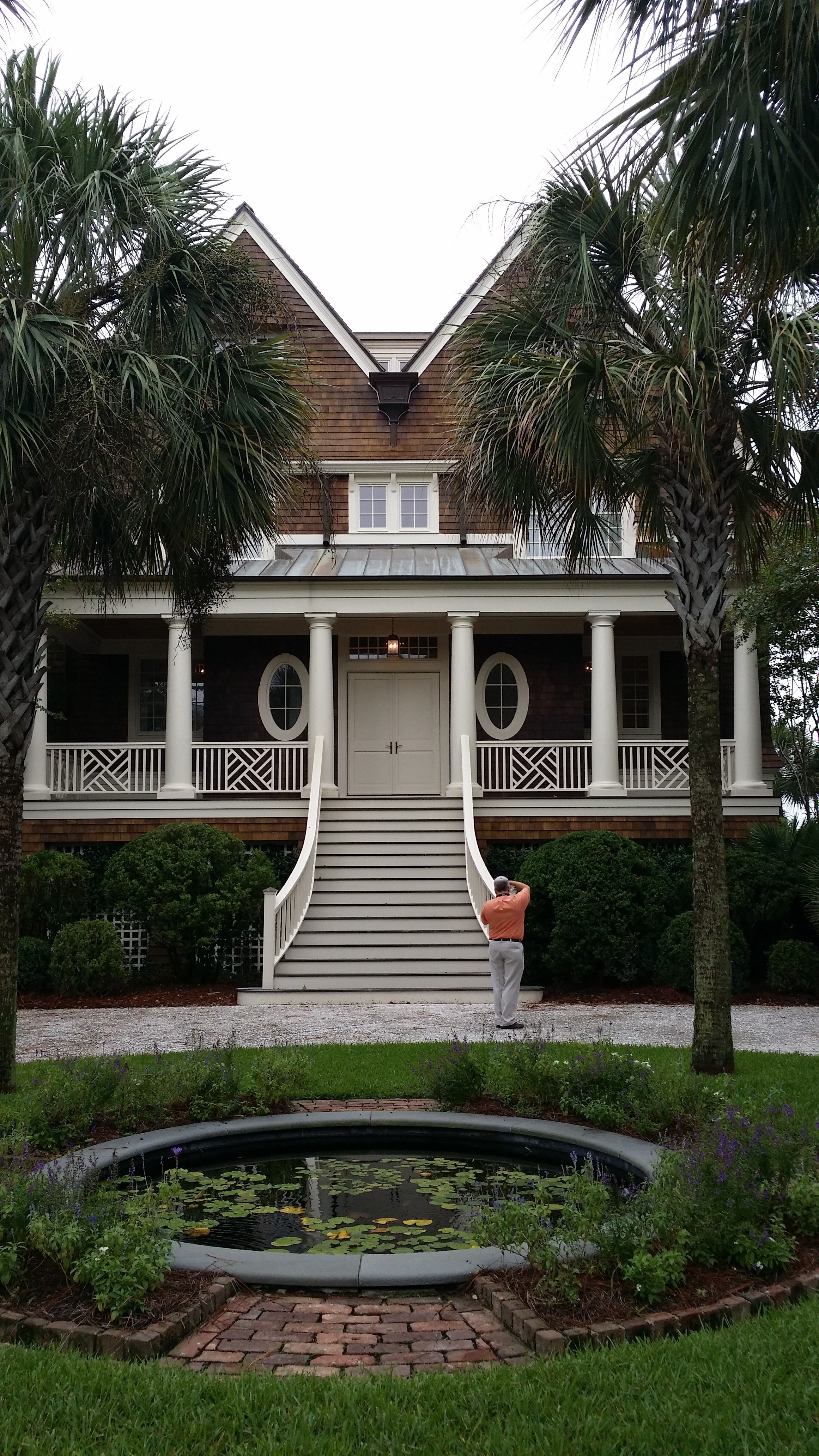I have just returned from Charleston, South Carolina where I attended the 2014 symposium of The American Institute of Architects Custom Residential Architects Network (AIA CRAN). Wow, that's a mouthful! If you work in or run a residential practice, this is the part of the AIA that you need to follow and be involved with. I was excited about this symposium for three reasons. Firstly, I was looking forward to going back to Charleston and spending some time in the historic city, because the first time I was there, I spent most of my time on the beach. Secondly, this was going to be my first time at a CRAN symposium and I had heard great things about the ones in the past, especially the home-tours. Lastly, and most importantly, the theme: "The Architecture of Influence" - you cannot tell me that does not sound inviting to a bunch of architects. Charleston was the perfect backdrop to explore this aspect of residential architecture.
"“The Architecture of Influence” will explore the importance of history and context in the design of new houses, and in particular how the careful consideration of historical architectural styles – both traditional and Modernist – can help architects design houses that contribute to established physical and cultural settings. How a new house or building looks is fundamental to how a community responds to it, and this symposium is intended to encourage an ongoing conversation about what it means to design a good architectural neighbor in the 21st century."
The walking tour of four houses (pictured below) in downtown Charleston was an excellent way to experience the city and appreciate architectural details that lend to the charm of the city - the courtyards, gardens, and south facing side porches, the decorative iron gates, gas lanterns, and window shutters, the variety of materials and colors, the weathered age and imperfection.
It was inspiring to see the work presented by architects and be part of the stirring dialogues that followed. Particularly refreshing was the work of Khoury & Vogt Architects in Alys Beach, Florida (I wanna go there!). Traditional style of design held the floor one afternoon, and modernist another. The debate of architectural style was put to rest, somewhat, when Architect Julie Snow said, "the question of traditional vs. modern is a red herring. There is good architecture, and there's bad". I couldn't agree more.
I really enjoyed the lively keynote address by new urbanist Andres Duany, but frankly speaking, I could have lived with fewer lectures. A few were engaging, but many were a little too dry and academic for my liking. I like to indulge in intellectual discourse just as much as the next person, but for afternoon sessions, they were long and one too many. I wish instead, there was some discussion about matters such as how architects can shape and influence public opinion about architecture, or the role and value of historic preservation efforts, or any number of other relevant topics.
On the last morning, we toured four houses (pictures below), including the historic Vanderhost plantation, and the ocean course clubhouse (designed by Robert A.M. Stern Architects) on Kiawah Island, a private barrier island surrounded by the ocean and salt marshes, known for its golf courses and mansions. Respect for nature takes a whole new meaning when you have to design a building set in a delicate ecosystem that supports abundant wildlife, challenging soil conditions, lowcountry coastal climate, and flooding. Not to mention, the Architectural Review Board design and construction guidelines are 80 pages long.
I'll admit these are not great photographs, as they were taken in a hurry with my phone. The Kiawah tour particularly was very rushed. But, I'll upload more pictures in a separate post shortly.
Also, got myself a copy of the book that CRAN released - Houses for All Regions CRAN Residential Collection.
Cheers,
Sharon.
